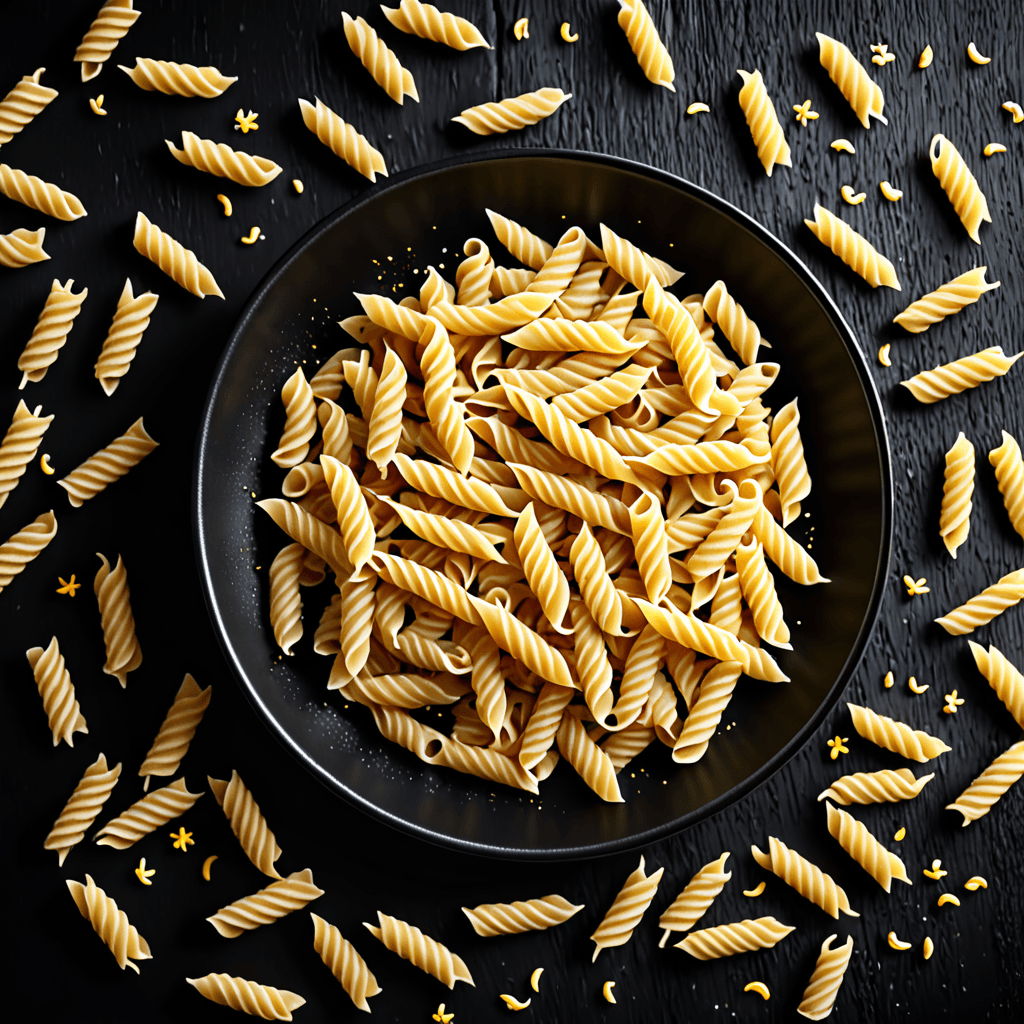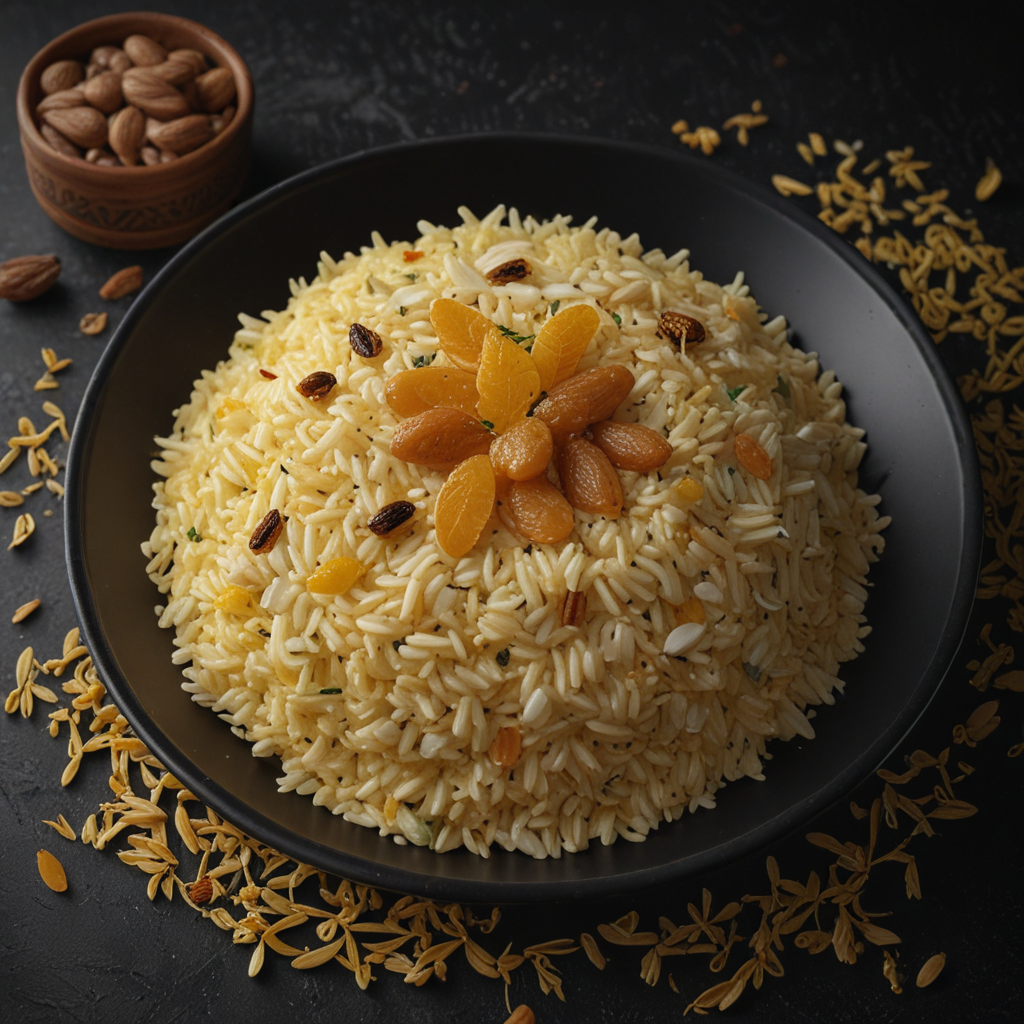“Crafting Your Own Extruded Pasta Dough: A Homemade Recipe to Elevate Your Pasta Game”
Introduction
If you’re a pasta lover, you’ll know that nothing compares to the taste and texture of freshly made pasta. While traditional pasta is rolled out and cut, extruded pasta offers a unique and delightful experience. Extrusion involves forcing the dough through a pasta machine to create various shapes like penne, fusilli, or macaroni. In this article, we will share with you a simple yet scrumptious recipe for making your own extruded pasta dough at home. Get ready to take your pasta game to the next level!
Ingredients
To make extruded pasta dough, you will need the following ingredients:
- 2 cups all-purpose flour
- 1 cup semolina flour
- 4 large eggs
- 1 teaspoon salt
- Water (if necessary)
The combination of all-purpose flour and semolina flour gives the pasta a perfect balance of tenderness and chewiness. Eggs provide richness and act as a binder, while a pinch of salt enhances the overall flavor. These simple ingredients are easily accessible and can be found in most local grocery stores.
Directions
Follow these step-by-step instructions to create your extruded pasta dough:
- In a large mixing bowl, combine the all-purpose flour and semolina flour. Create a well in the center of the mixture.
Crack the eggs into the well and add the salt. Using a fork, gently beat the eggs while gradually incorporating the flour from the sides of the well. Continue mixing until a shaggy dough forms.
Once the dough comes together, transfer it onto a lightly floured surface. Knead the dough for about 5-7 minutes until it becomes smooth and elastic. If the dough feels dry, add a small amount of water, one tablespoon at a time, until the desired consistency is achieved. Conversely, if it’s too sticky, add a sprinkle of flour.
After kneading, cover the dough with a clean kitchen towel or plastic wrap and let it rest at room temperature for at least 30 minutes. This allows the gluten to relax and makes the dough easier to work with.
Once the resting period is over, it’s time to extrude the pasta. Attach the pasta dough to an extruder machine following the manufacturer’s instructions. Feed a small portion of the dough into the machine and choose the desired shape. Slowly crank the machine, allowing the pasta to extrude. Cut the pasta into desired lengths using a knife or the machine’s built-in cutter.
As the pasta is cut, dust it lightly with flour to prevent sticking. Lay the extruded pasta in a single layer on a baking sheet or hang it on a drying rack to dry slightly before cooking.
To cook the extruded pasta, bring a large pot of salted water to a rolling boil. Carefully add the pasta and cook according to the manufacturer’s instructions or until al dente, typically around 2-4 minutes. Remember, fresh pasta cooks much faster than dried pasta.
Once cooked, drain the pasta and toss it with your favorite sauce to serve. Whether it’s a classic marinara, a creamy Alfredo, or a simple garlic and olive oil combination, your homemade extruded pasta will shine in any recipe.
FAQ
Can I substitute the flours with gluten-free alternatives?
Yes, you can substitute the all-purpose flour with a gluten-free flour blend suitable for pasta-making. However, note that the texture and taste may differ slightly from traditional wheat-based pasta.
Can I store the extruded pasta for later use?
Absolutely! Once the extruded pasta has dried, you can store it in an airtight container or a resealable bag in the refrigerator for up to 2-3 days. Alternatively, you can freeze the uncooked pasta for up to 2 months. However, fresh pasta always tastes best when cooked immediately.
Can I use a stand mixer instead of kneading by hand?
Yes, you can use a stand mixer fitted with a dough hook attachment to knead the pasta dough. Simply mix the ingredients in the bowl of the stand mixer until the dough comes together, then let the machine knead the dough on low speed for about 5 minutes.
Can I add flavors or colors to the extruded pasta dough?
Certainly! You can experiment with adding different flavors, such as spinach, beetroot, or herbs, to the dough for vibrant and tasty variations. Simply blend the desired ingredient with the eggs before adding them to the well of the flour mixture.
How much pasta does this recipe yield?
The yield of pasta will depend on the extruder shape and size you choose. Generally, this recipe will yield around 1 pound of extruded pasta.
Now that you have this fantastic extruded pasta dough recipe in your repertoire, you can create delectable homemade pasta that will impress family and friends. Whether you choose to craft delicate penne or twisted fusilli, enjoy the satisfaction of creating your own signature pasta shapes and savoring the flavors of truly fresh pasta. Happy cooking!






